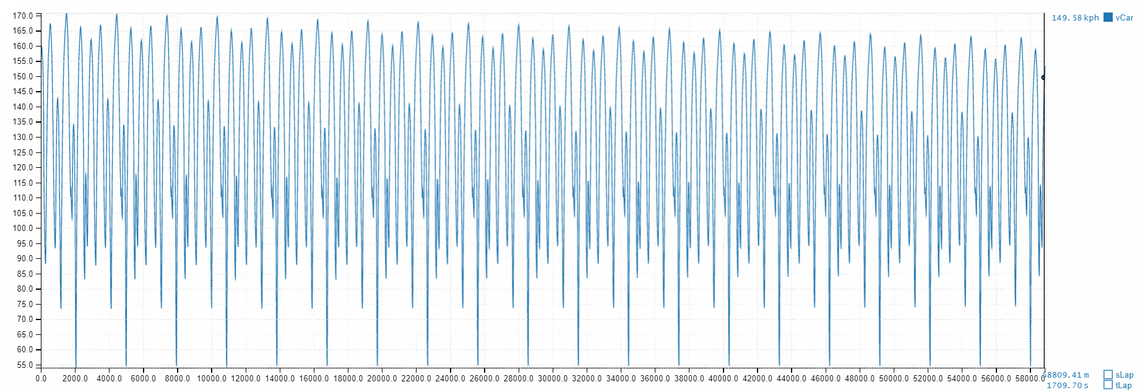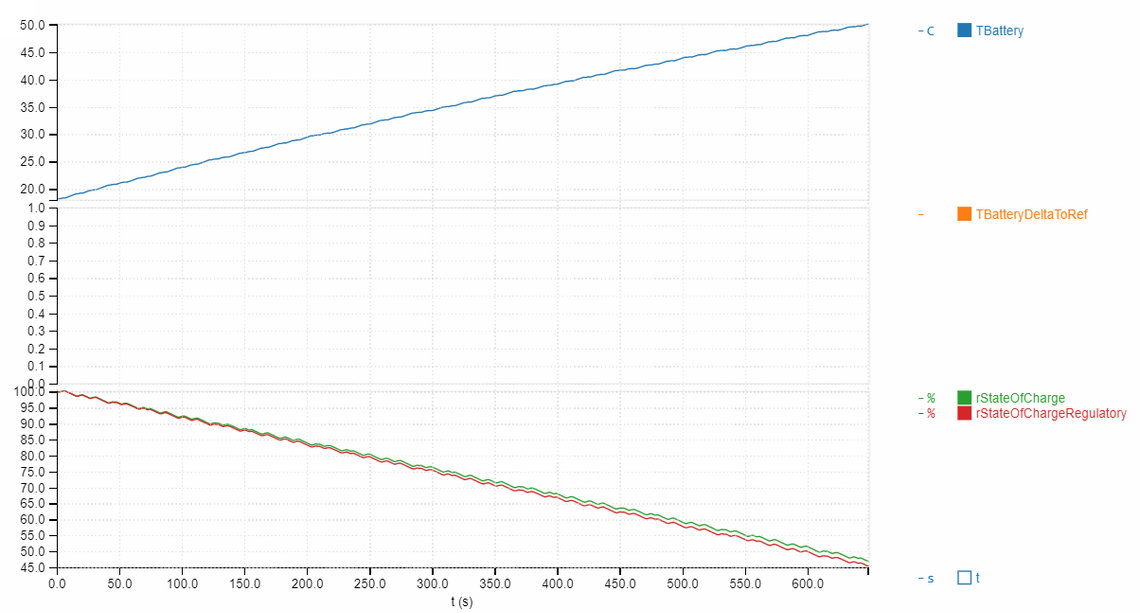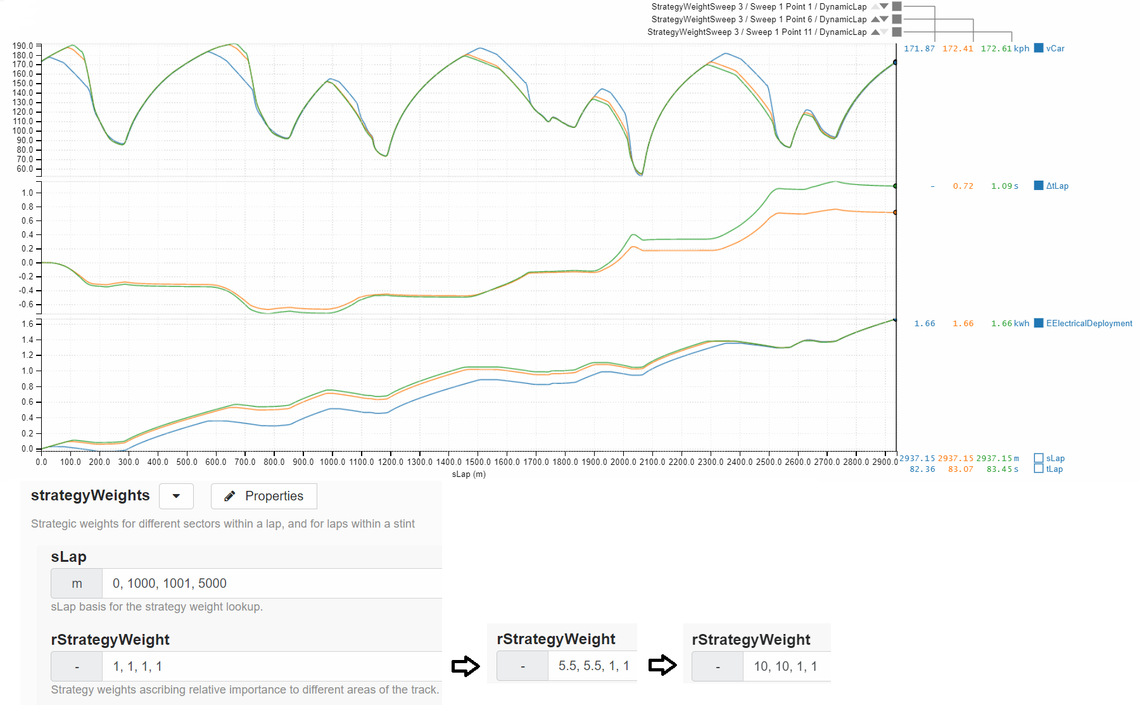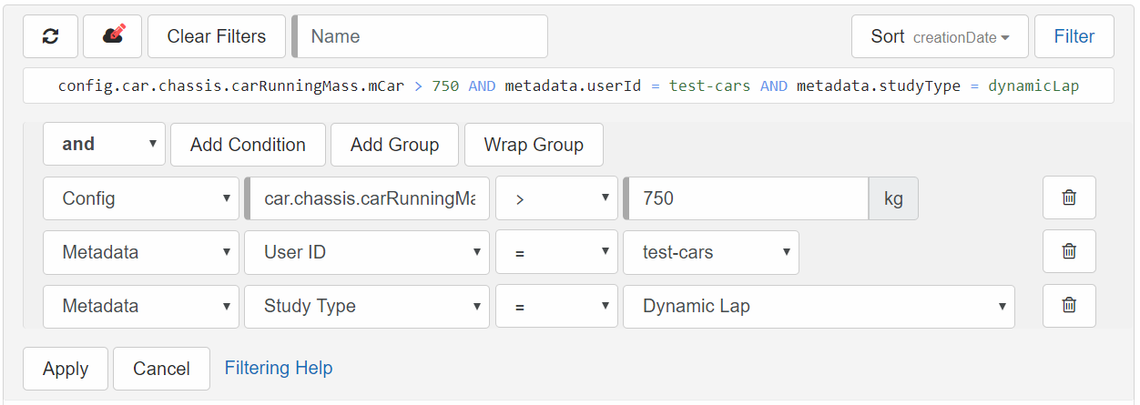Canopy Newsletter 6 – Dec 2017
DECEMBER 20, 2017
An update on some new features that have been included in Canopy.
Dynamic Multi-Lap has arrived!
We can now do full stint energy and powertrain temperature optimisation. It is computationally demanding and requires the use of a heavy compute pool, (more powerful, multi-core nodes with loads of RAM).
We hope the results will be very enlightening.
In order to run this simulation:
Enter the powertrain efficiencies and thermal parameters (with help from the cooling section in the wiki).
Correlate to track temperatures using Thermal Replay.
Input your derate conditions.
Enter nLaps in the track editor.

Thermal Replay
This simulation type enables users to input timeBase, vCar, PMotor and TBattery in the Telemetry section, and run these inputs through the thermal model with the parameters from the staged car in order to emulate TBattery, TBatteryDeltaToRef, TBatteryDeltaToRefMeanSquared, TMotor and rStateOfCharge. This is particularly useful when correlating the powertrain thermal model to track data in preparation for running Dynamic Multi Lap.
The thermal equations used are given for reference in the wiki. The heat generated by each component is related to the efficiency of that component, so setting these right first might be a good place to start, before going on to correlate the cooling section with help from explorations of parameters.

Strategy Weightings
In case we want to encourage Dynamic Lap to go quicker in one region at the expense of another, perhaps to provide an overtaking advantage, users can apply a weighting to the importance of laptime over a certain region around the track.
In the example below, we are energy limited. As we increase the weighting for the first 1000m, the car gets closer to using full deployment in this region. Instead of forcing full deployment, Dynamic Lap will still lift off at end of straight where it would be highly uneconomical to prevent this, which helps us to spot strategies which might be particularly unfavourable. With a strategy weighting of 5.5x we gain 0.66sec in the first 1000m at an overall cost of 0.72sec, while at 10x we only gain a further 0.06sec for an additional cost of 0.37sec over the lap.
The strategy weight changes should ideally take place at end of straight where the change to the optimal racing line is minimal, as we can run into problems where the objective changes rapidly at mid corner.
We can also specify rLapWeights for each lap within a stint when using Dynamic Multi-Lap to look at different race strategies. The relative strategy importance within each lap is maintained (if specified in addition to rLapWeights).

Study Filters
If (like me!) you didn’t bother to add Custom Properties to your Car, Track, Studies etc. we have improved the List Filtering options to help you find your old work. A comprehensive guide on how to do this can be found in the wiki.
Hopefully it’s pretty straightforward to use. You can filter by virtually anything or any combination of things, including most of the parameters found within your car. To use auto-complete to help fill in the path, make sure you have an appropriate config staged.
Plus if you were organised enough to add Custom Properties, you can search by these as well!

Quasi-Static Lap (Generate Racing Line)
We’ve added a pretty niche simulation type to your account. Quasi-Static Lap follows a fixed racing line, so if you’ve changed the setup of your car significantly then the optimal racing line will also change. You can now re-generate the line and run a Quasi-Static Lap as a single operation. This is particularly useful if you are running a large setup exploration because you can significantly improve the quality of results and laptime resolution.
However, in most cases we would recommend running a Dynamic Lap instead, since racing line generation is an inherent part of the optimisation, and we would expect it to yield even higher quality results.
The End of Deployment Lap
While Deployment Lap served us faithfully in the early days, we feel that Dynamic Lap has reached a level of maturity and robustness where we see no good reason to run Deployment Lap instead.
We intend to retire this simulation within the next two weeks.